How To Make A Pet Bed Using Remnant Fabrics: Step-By-Step Simple Sewing Guide With Pictures.7/31/2018 Let's admit it- our pets are our children and we would do (and spend!) anything for them. That also includes delving into the world of DIY to make that special family member something they love to play with or sleep on. If you've explored other craft projects or you love to sew, chances are, you always have some decent-length remnant fabrics laying around that you might not have the heart to recycle yet. Perhaps, you put your remnants in the I'll need it for something one day pile? When the idea finally comes, it is always nice to have those extra pieces of fabric to put to good use. A month or so ago, I was on a mission to organize my studio. The fabrics and sewing patterns were piling up to the ceiling so naturally, it was time for the difficult task of sorting through what gets recycled and what stays. Many of the fabric remnants I've collected over the years had to go (painfully). As I was rummaging through remnants of old projects, I came across one fabric piece that was so soft and plushy I simply couldn't let it go. The fabric in question? A plushy, knit fleece I purchased a while ago when I was testing materials for a new project. The remnant piece itself was maybe about 30 x 40 inches but so soft and comfortable against the skin, I simply did not have the heart to throw in the recycle pile. The solution? Why not use the entire length to sew a pet bed for my kitty (and a future puppy, of course!).
1 Comment
It may look a little intimidating, or even like a weapon, but fear not! The tracing wheel is a basic sewing tool that will become one of the most useful items in your sewing basket when it comes to pattern making. A tracing wheel is a pattern making tool with little spikes or teeth, that allows you to transfer information from one surface to the next by tracing and making perforations (I’ll explain more below!). The tracing wheel is a must have tool if you are learning how to pattern and make your own clothes. Types of Tracing Wheels: There are basically 2 types of tracing wheels out there: A needle point tracing wheel and a smooth serrated tracing wheel.
Personally, I prefer the needle point style because the markings are more dense and go through layers of fabric and paper with ease. It has a sturdy, wooden handle (conventionally) while the spikes on the wheels make deep indentations which really help when transferring information. The needle point version is built for durability. For me, it’s certainly well worth the investment, being only a few more dollars than the next option.
More commonly found at fabric shops is the soft serrated tracing wheel. This usually has a plastic handle and is available in two blade options: smooth or soft serrated. If you aren’t ready to commit to the needle point tracing wheel, the soft serrated version is still a great option to get your feet wet. What Are Knits Fabrics: It is common for sewing beginners to confuse all stretchy fabrics as being knit. The word knit however is not used to characterize the stretch of a garment but is rather a type of knitting process that creates stretch through the way the threads are interlocked and looped. A knit fabric is the opposite of a woven fabric in the sense that knits have a completely different construction process than wovens do. Knits are specifically knitted, whether by hand or on a machine, such that the different levels of stretch are achieved due to how the threads are intermingled in the knitting process used. Most woven fabrics on the other hand, are build using a weaving process that doesn't necessarily promote stretch. That is not to say that woven fabrics cannot be stretchy, but there is a big difference: If a woven fabric is stretchy, it is most likely due to the addition of spandex (or Lycra) and not necessarily the structure of the weave itself. Knits however, are designed to be flexible, with varying degrees of stretch based on the knitting technique used and not necessarily the addition of spandex. So if you are a newcomer to textiles, keep this in mind: Not all stretchy fabrics are knits. A knit is a fabric type that is created using a knitting process constructed such that it provides stretch. Knit fabrics, just like woven fabrics, can be made of any fiber content including bamboo, silk, cotton, polyester, linen and a variety of blends. Additionally, knits, just like wovens, are available in a range of weights, draping capabilities and softness levels. The difference is in the process used to build each one. |
The Blog:A journey into our design process, sewing tutorials, fashion tips, and all the inspiring people and things we love. Doina AlexeiDesigner by trade and dressmaker at heart. I spend most of my days obsessing over new fabrics and daydreaming new ideas. Sadie
Executive Assistant & Client Relations Manager Archives
November 2019
Categories
All
|
-
Sewing Tutorials
-
Basics
>
- Aligning Pattern Grainlines To Fabric
- Preparing Fabrics For Sewing
- Pinning Sewing Patterns To Fabric
- Placing Sewing Patterns On Fabric For Cutting
- Rotary Cutters or Fabric Scissors?
- Cutting The Sewing Patterns
- What Are Notches And How To Use Them In The Sewing Process
- Transferring Notches From Pattern To Fabric
- Transferring Seamlines to Fabric
- Staystitching
- Backstitching: A Complete Guide
- Hand Basting: A Complete Guide
- Sewing Continuous Bias Binding
- Darts >
-
Sewing Seams
>
- The Basics Of Seams And Seam Allowance
- How To Sew A Straight Seam
- Sewing Curved Seams
- Sewing Corner Seams
- Trimming And Grading Seam Excess
- Notching/Clipping Seam Allowance for Tension Release
- Sewing Topstitched Seams
- Sewing Corded Seams
- Sewing A Slot Seam
- Sewing A Gathered Seam
- Sewing Bias Seams
- Sewing Seams With Ease
- Sewing Seams With Crossing Seamlines
- Sewing Unlike Fabric Seams
- How To Iron Seams: Ironing Tools And Conventions
- Sewing With Knit Fabrics
- Understanding Stitch Length And Tension
- Sewing Unique Fabric Seams
-
Seam Finishes
>
- Seam Finishing Techniques - Overview
- Applying A Pinked Seam Finish
- Applying A Bias Bound Seam Finish
- Serging And Zigzag Seam Finishes
- Sewing A Self-Bound Seam Finish
- Sewing A French Seam Finish
- Sewing A Hong Kong Seam Finish
- Sewing A Mock French Seam Finish
- Sewing A Turned-and-Stitched Seam Finish
- Sewing Overcast Hand-Applied Seam Finishes
- Sewing A Flat Felled Seam
- Sewing A Hairline Seam Finish
-
Hem Finishes
>
- Garment Hem Finishes: Overview
- Sewing A Double Fold Hem Finish
- Sewing A Single Fold Hem Finish
- Sewing Bound Hem Finishes
- Sewing An Exposed Double Layer Bound Hem
- Sewing A Folded-Up Bound Hem with Pre-folded Binding
- Sewing A Hong Kong Hem Finish
- Sewing A Band Hem Finish
- Sewing A Bias Faced Hem Finish
- Sewing A Twill Tape Hem Finish
- Sewing A Rolled Hem Finish
- Sewing A Shaped Hem Facing
- Using Fusible Hem Tape And Webbing
- Finishing A Lace Fabric Hem
- Finishing A Leather Hem
- Sewing Faced Hem Corners
- How To Finish Lining At The Hem
- Finishing Fabric Corners by Mitering >
- Interfacing A Hemline: Lined And Unlined Examples
-
Sewing Pockets
>
- Curved Patch Pocket With Flap
- Unlined Square Patch Pockets
- Lined Patch Pockets: Two Ways
- Extension On-Seam Pockets
- Separate On-Seam Pocket
- Front Hip Pockets
- Bound Double Welt Pocket
- Double Welt Pocket With Flap
- Self-Welt Pocket (Using Single Fabric Layer)
- Slanted Welt Pocket (Hand-Stitched)
- Faced Slash Pockets: Overview >
-
Sewing Zippers
>
- Sewing Zippers: General Information
- Sewing A Centered Zipper
- Sewing A Lapped Zipper
- Sewing An Invisible Zipper
- Sewing A Fly Front Zipper
- Sewing A Closed-End Exposed Zipper (No Seam)
- Sewing An Exposed Separating Zipper
- Sewing Hand Stitched Zipper Applications
- Sewing A Zipper Underlay
- Sewing A Placket-Enclosed Separating Zipper
- Sleeveless Finishes >
-
Neckline Finishes
>
- Sewing A Neck Shaped Facing
- Sewing An All-In-One Neck Facing
- Neck And Garment Opening Combination Facings >
- Sewing A Bias Faced Neckline Finish
- Sewing A Band Neckline Finish
- Bound Neckline Finishes: Overview >
- Sewing A Semi-Stretch Strip Band Neckline
- Ribbed Neck Band And Classic Turtleneck
- Decorative Neckline Finishes >
- Finishing Facing Edges >
-
Extras
>
- A Complete Guide on Interfacing
- Sewing Bound Spaghetti Straps
- Sewing Spaghetti Straps To A Faced Neckline
- Sewing Ruffles: Overview
- Patterning And Sewing A Circle Ruffle
- Sewing A Gathered Heading Ruffle
- Sewing Double Layer Gathered Ruffles
- Sewing A Gathered Ruffle Into A Seam
- Sewing A Gathered Ruffle To A Fabric Edge
- Sewing A Fabric Surface Slit
- Sewing A Slit Seam
- Hand-Applied Straight Stitches
- Hand-Applied Blind Stitches
- Hand-Applied Overedge Stitches
- Hand-Applied Tack Stitches
- Hand-Applied Decorative Stitches
-
Basics
>
- Custom Bridal
- Custom Apparel
- About
- Blog
Services |
Company |
|

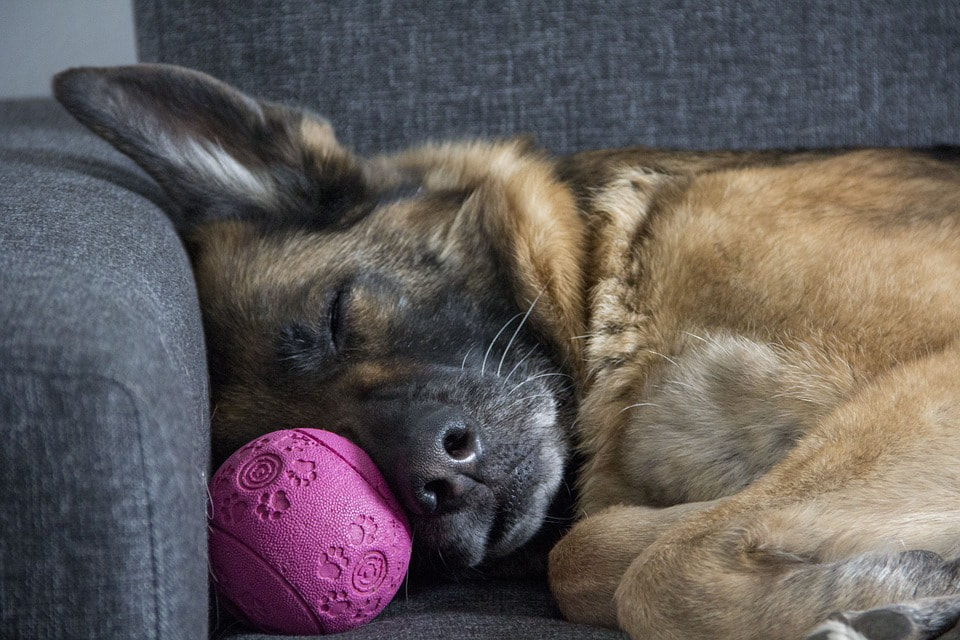
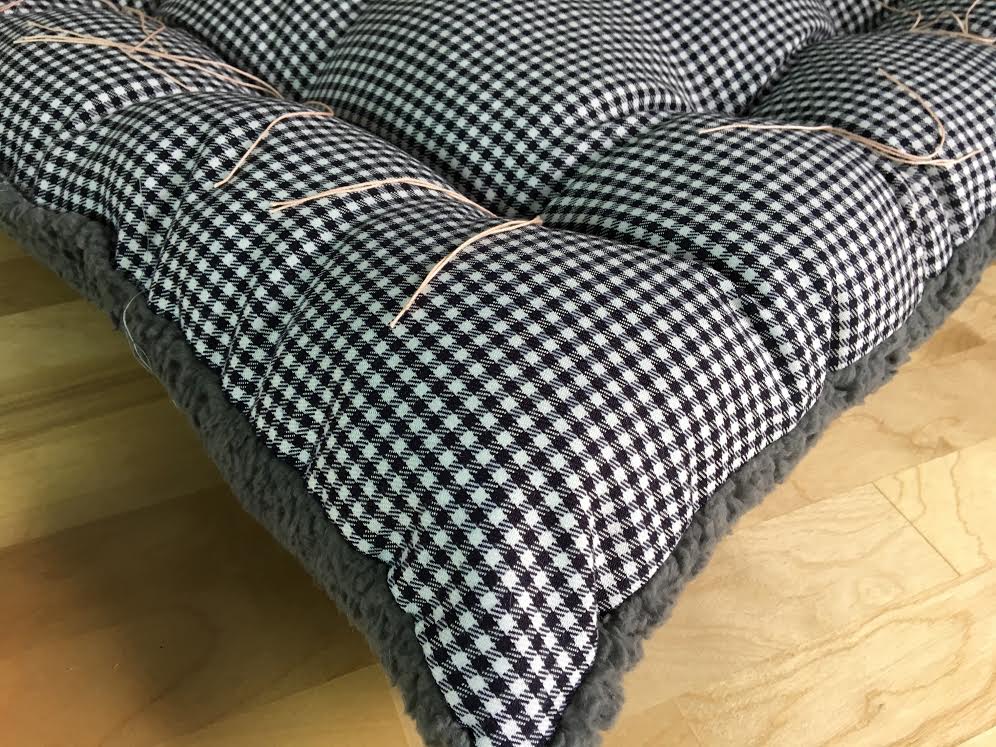
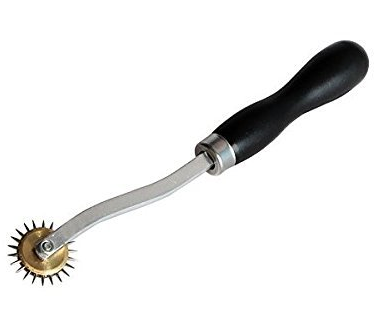
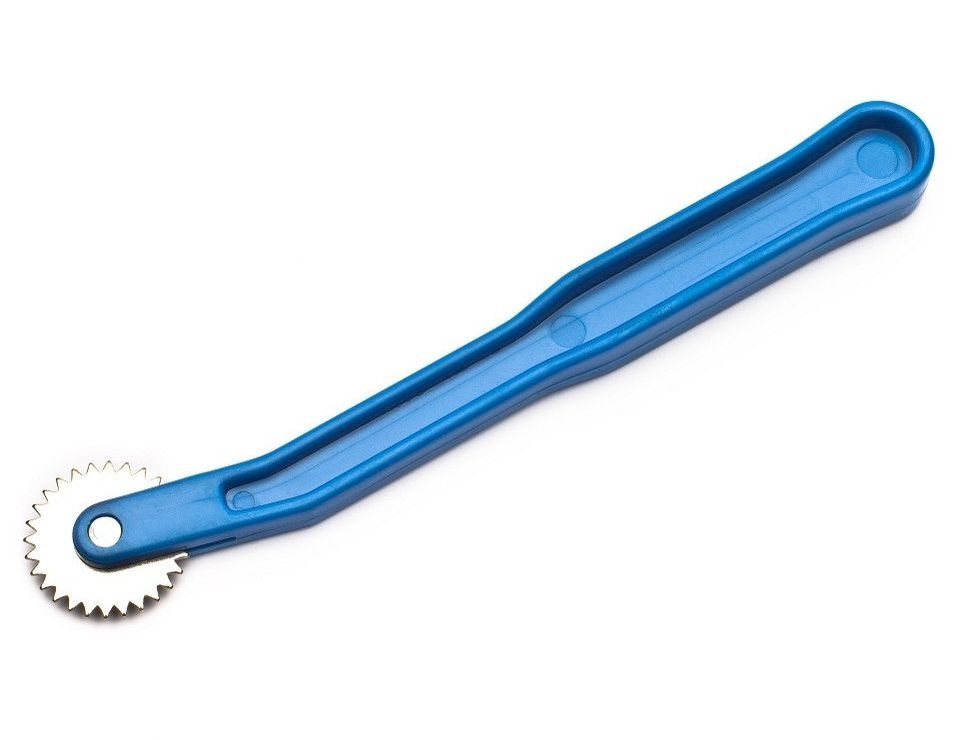
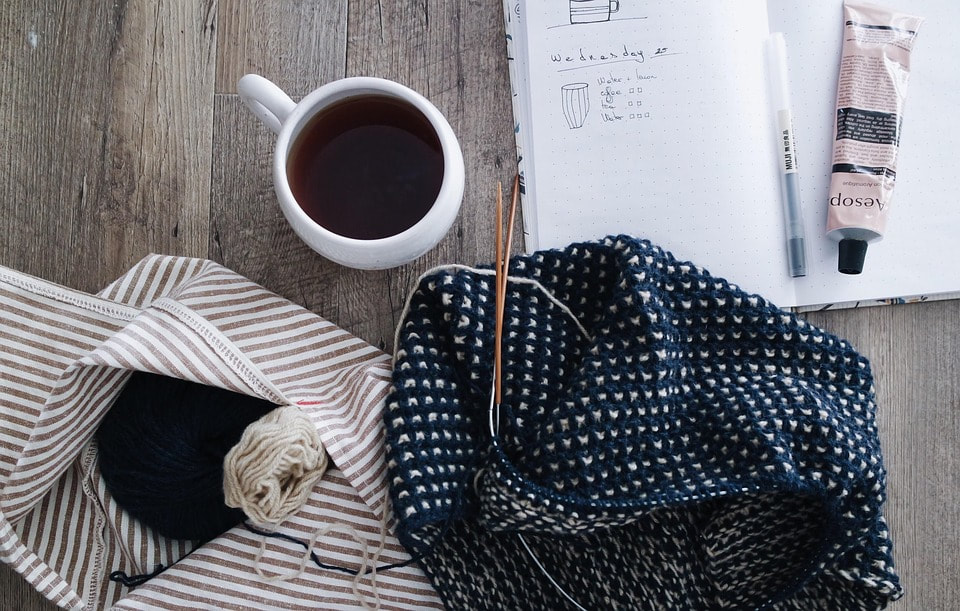


 RSS Feed
RSS Feed

